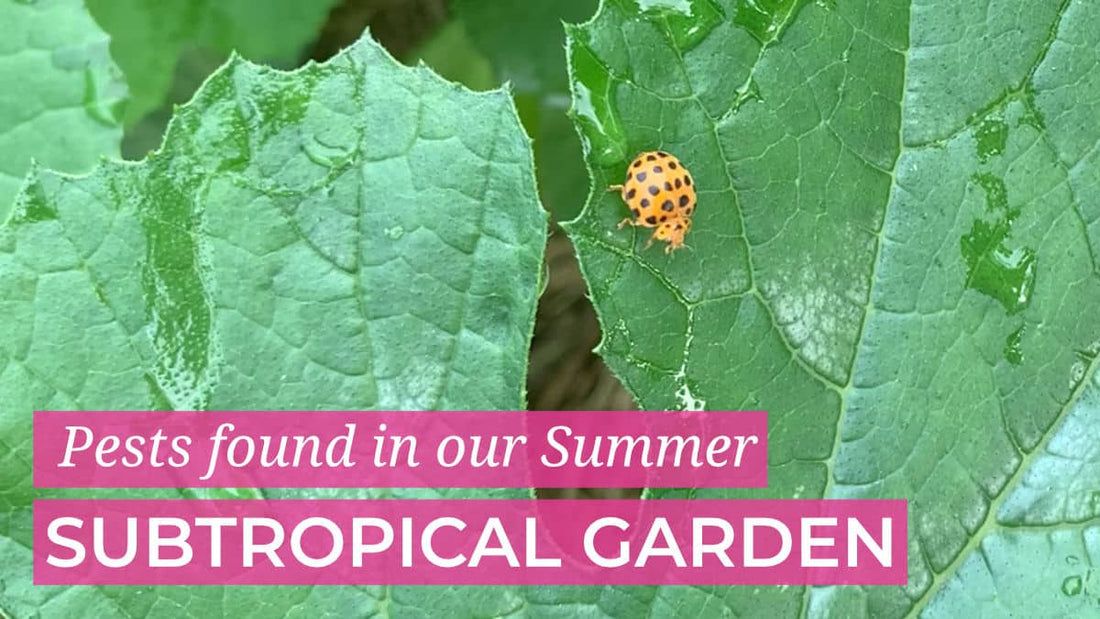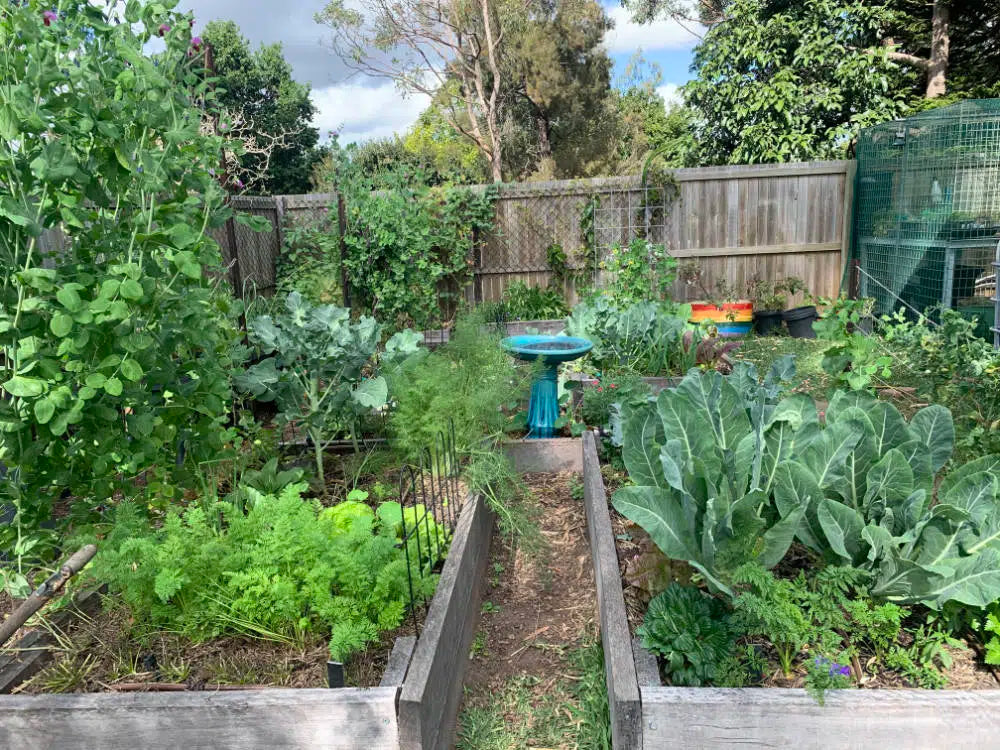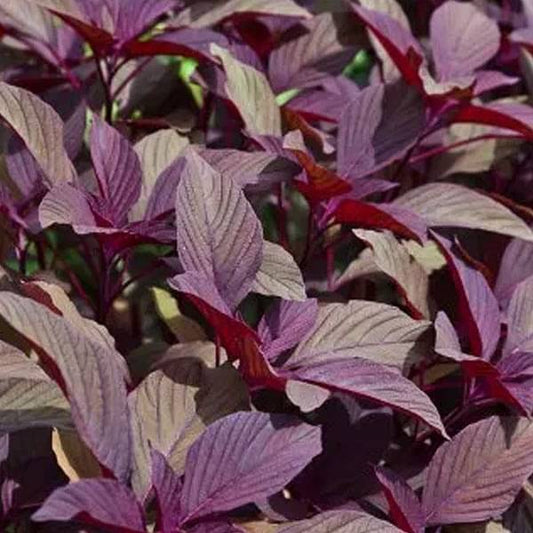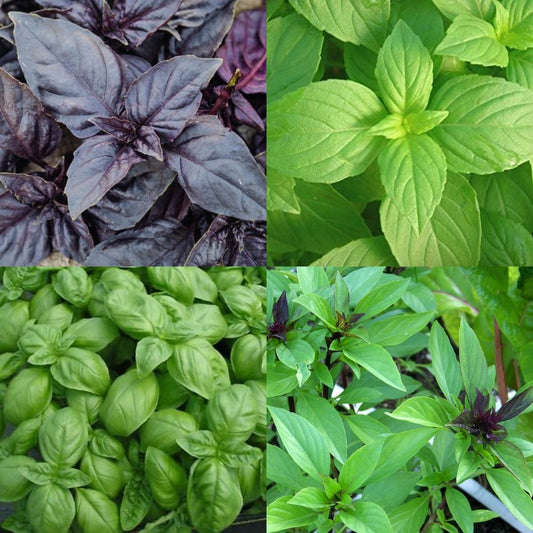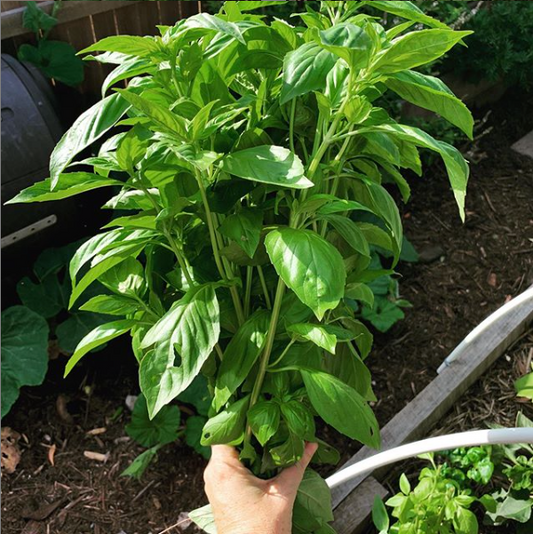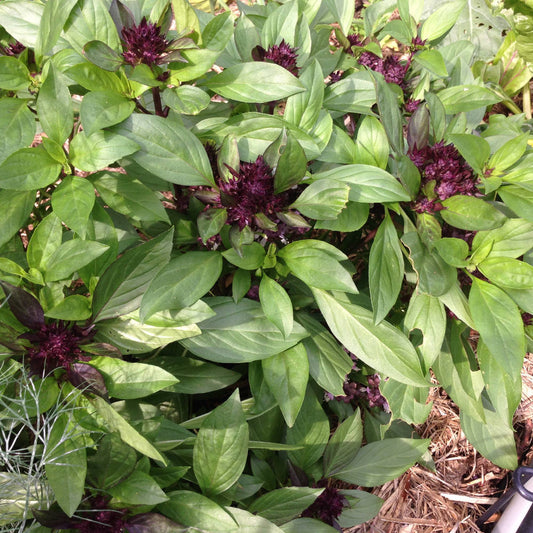Garden pests eating your lovingly cared for plants can be heartbreaking. There are loads about here in the subtropics that can take over quite quickly if you’re not on the ball. Our strategy is to really make sure our garden has loads of diversity but we do need to observe often and see if things are out of whack.
Pests can be unique to your own climate and location. Also, certain things are very much seasonal. In this post I wanted to do a round up of common pests we have in our garden.
Video Tour of Pests we found in Early Summer
Listen to the Podcast
Growing food is fast becoming a lost art. It’s feared, it’s unknown, it’s challenging, it’s rebellious. But it doesn’t have to be hard. Join me in the Love of Dirt podcast where we explore topics around growing food, fair food and sustainable living.
Subscribe or listen to new episodes here.
Shield/Stink Bugs
There are loads of different types of shield bugs here in Australia, and they affect plants by sap or pod sucking. We commonly see Green Stink Bug, Vegetable Bug, Brown Shield bug and also the Cotton Harlequin Bug (on our Rosellas). Our strategy is to encourage as many beneficial insects into our garden as possible, and for these guys that is the assassin bug and also spiders. Generally they will keep them in check but if you do have an epidemic I find the best strategy is to get a hand held vacuum and suck them up or get a bucket of soapy water with a dash of methylated spirits and whack them in (make sure you wear gloves and also eye protection).
Pumpkin Beetles
These guys look like elongated lady bugs - coming in orange or orange and black spots. They will chew on your plants but the devastation occurs with their larvae in the soil eating the roots of the plant. Neem will help keep those in check (although not approved for use in Australia on vegetable gardens) but we find just squishing them as soon as you see them to prevent them getting out of control and breeding.
Brown Bean Bugs
These guys are large brown bugs that usually hang out on climbing beans. We find them around our pigeon peas and they tend to ‘swoop’ you as you walk past. These are pod suckers so they will basically eat the seeds from the bean pods. Best defence is similar to the shield/stink bugs - a bucket of soapy water. It’s best done early morning when they aren’t as active.
Bean flies
It took me so long to figure out what these were, initially I thought my beans were being over-watered and were rotting in the soil. Bean fly damage shows up with the plants collapsing at the root base (almost looking like rot) but if you look closely you’ll see either little yellow maggots with brown heads that are the bean fly larvae. Usually they come about when the temperature heats up. If the larvae pupate into your soil, unfortunately they will be there for some time. The only real method of control is using exclusion nets. Some people say snake beans are immune, however, we find they still attack them. They don’t fully collapse the plant, just slow it down.
Grasshoppers
These guys can get out of hand quickly and there is no easy solution to getting these under control other than squashing them. They always seem to find their way under exclusion nets. A holistic approach is to make sure you encourage birds into your garden and a bird bath is perfect for this. We find the noisy miners seem to keep them in check.
28 Spot Ladybird
Not all ladybirds are good. This one can take out plants pretty quickly if an infestation takes hold. The best course is inspection and regularly squashing them. The larvae - that look like little yellow fuzzy things found on the underside of foliage will do the most damage, so regular inspection is key.
Caterpillars
There are a whole variety of caterpillars that come in early summer. The cabbage moth, which I don’t find too much of a problem as I just squash the eggs and pick off the adults. Often the parasitic wasps take care of them for us anyway. The cluster caterpillars are a little more difficult as they are harder to squish and pick off. We really scale back the brassicas for this reason over the summer months. You can purchase a bacterial spray which doesn’t affect beneficials if things are dire.
Flea beetles
We find these on our eggplants most commonly and they are called flea beetles as they jump backwards like a flea. They come in a range of colours - from teal to brown. We don’t typically have major issues with them unless the plant is under stress and simply squash them when we see them.
Mites
We have many different types of mites that can make growing challenging. Typically the most common one you’ll see is a spider mite but we also get russet mite. They usually occur in our garden during Spring when our weather is hot and dry but hang around until the rains come. It is hard to identify if you have a mite problem as they can’t typically be seen with the naked eye, but the damage is obvious with the mottling of foliage, browning off of foliage and affected fruit. If you have a problem you can either up the water in your garden and make it more humid or purchase predatory mites to help keep the numbers in check. To deter them you might want to interplant some strong smelling plants such as marigolds, fennel and dill.
Fruit fly
These are terrible things in summer. Between the QLD fruit fly and the Cucumber fly they can devastate your harvests pretty quickly. We use a holistic approach to control and you can find more details here.
What are some pests you commonly find in your garden? Need help getting control of your pest situation? Come join us inside Dirt Lovers.
Post was first published 18 April 2019. Updated with video and more information.

